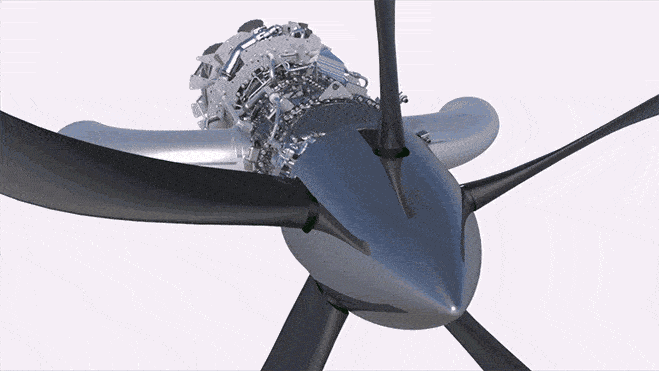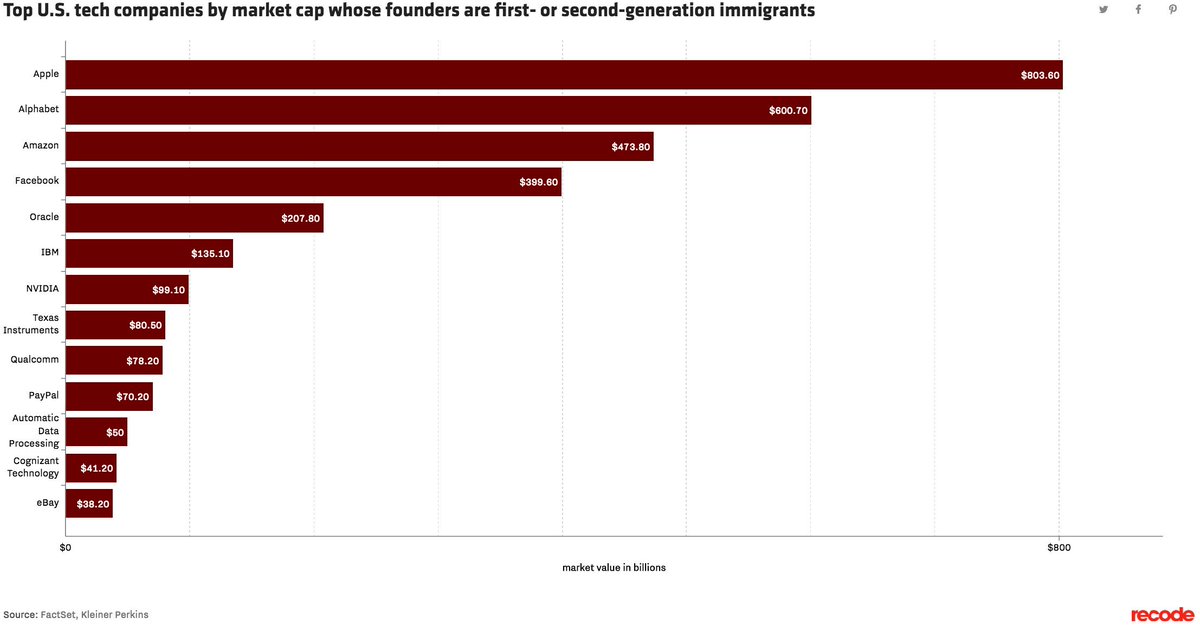In this week's Abundance Insider: Augmented reality benches, 3D printed plane engines, and China's blockchain tax experiment.
Cheers,
Peter, Marissa, Kelley, Greg, Sydney, AJ, Bri and Jason
P.S. Send any tips to our team by clicking hereto this link to subscribe, and send your friends and family to Abundance Insider.

What it is: Disney Research has created the first headset-free shared augmented reality experience, dubbed Magic Bench. Leveraging Microsoft Kinect technology, the experience allows users to view themselves through a mirror with other characters sitting next to them. As one example, they might sit next to a rabbit or an elephant, feel them move on the bench, and hear their words as if they were sitting next to them.
Why it's important: Cumbersome head-mounted displays pose an obstacle to mass adoption of mixed reality experiences; in response, we're seeing a number of different approaches to this challenge, from holograms to this new approach from Disney. Look for many more combinations of sensory input to "level up" the social experience of this new medium. Share on Facebook
Spotted by Marissa Brassfield / Written by Jason Goodwin
 What it is: Since the Paris Climate Accords in 2015 and a realization that cutting carbon emissions will probably be insufficient to keep global temperatures from rising above catastrophic levels, geo-engineering attempts are gaining more traction. Companies like Climeworks and Carbon Engineering are removing carbon directly from the air, hoping to make a positive planetary impact and resell the carbon for a profit. Other approaches include the cloud-seeding efforts announced in China earlier this year, and researchers who are attempting to create clouds to dim the intensity of the sun, like Harvard's planned project in Arizona in 2018.
What it is: Since the Paris Climate Accords in 2015 and a realization that cutting carbon emissions will probably be insufficient to keep global temperatures from rising above catastrophic levels, geo-engineering attempts are gaining more traction. Companies like Climeworks and Carbon Engineering are removing carbon directly from the air, hoping to make a positive planetary impact and resell the carbon for a profit. Other approaches include the cloud-seeding efforts announced in China earlier this year, and researchers who are attempting to create clouds to dim the intensity of the sun, like Harvard's planned project in Arizona in 2018. Why it's important: Like many other technology developments, widespread acceptance can often take time. In 2009, when oil prices were at all-time highs, the general mindset was focused on carbon capture efforts that were profitable from the start, tied directly to a price on carbon. Today, with high-profile investors like Bill Gates and leading institutions like Harvard and the European Space Agency leading the charge, it feels as if profitability is just one of many drivers to these endeavors. Share on Facebook
Spotted by Sydney Fulkerson / Written by Jason Goodwin

What it is: GE recently unveiled images of a new airplane engine built, in part, through 3D printing. Over one-third of the parts in the 1,300-horsepower engine are 3D printed. Internal testing has shown that through additive manufacturing, GE has reduced the fuel consumption of this engine by over 15%. They believe that advances in this technology will allow engines with 30% fewer parts -- and without the risk of joint leaks, as the 3D-printed design doesn't require joints at all. The engine is set to unveil at this week's airshow in Oshkosh, Wisconsin.
Why it's important: Evidence of 3D printing increasingly fulfilling the needs of more complex manufacturing. As more industries integrate 3D printing into their manufacturing processes, we'll see it demonetize further, with simultaneous improvements in safety and reliability. Share on Facebook
Spotted by Peter Diamandis / Written by Neil Jain

What it is: After reading Ray Kurzweil's work on the brain, Larry Page recruited him to join Google with a goal of creating an artificial intelligence system to understand human language. Since then, Kurzweil and his team have been applying neural networks to tackle the deceivingly small task of suggesting replies to emails. Taking the form of Smart Replies, a feature in Inbox by Gmail, Kurzweil and his team have improved the computational efficiency of Google's existing neural networks. According to Kurzweil, while the current state may seem small, it's a critical first step in developing discrete units that in sum add up to powerful pattern recognition, similar to his view of how the brain functions.
Why it's important: As Ray and Peter have both mentioned, humans are ill-equipped to think exponentially. You cannot, for example, assume that because it might take 5 years to fully map the function of one neuron that we will never never map billions of neurons. While suggesting a "Sounds good" email reply might seem trivial, it's a deceptively hard task, and an easy entry point into a more collaborative human-AI interaction. Share on Facebook
Spotted by Marissa Brassfield / Written by Jason Goodwin

What it is: The U.S. government has announced a plan to decrease the number of legal immigrants it allows into the country by half in 10 years, and this article outlines how this legislation overlooks the immense benefit immigrants bring to our country. Of the top 25 largest companies -- including Apple, Alphabet, Amazon, Facebook, IBM and Oracle -- over half were founded by first- or second-generation immigrants. These companies have a combined market cap of over $3 trillion and employ more than 1.5 million people.
Why it's important: Anti-immigrant rhetoric is prevalent not just in the U.S., but all over the world. As we move towards a world of abundance and resources are no longer scarce, the need for national boundaries will begin to dissolve. As such, it is important we encourage and welcome immigrants, and the innovation and opportunity they bring with them. Share on Facebook
Spotted byPeter Diamandis / Written by Neil Jain

What it is: China recently unveiled a plan to begin using the blockchain to collect taxes and issue electronic invoices. While exact details have yet to be released, this experiment complements a separate initiative to create a digital currency for its national bank. If implemented, China would be the first to use the new technology after adding blockchain to a list of its priorities in the government's 13th Five-Year National Informatization Plan, released in 2016.
Why it's important: While China may be the first to implement blockchain distributed ledger technology, it will by no means be the last. Legislation involving the use of blockchain technology for tax returns and health records has been introduced to the U.S. Congress in the past, and will likely resurface in the near future. The potential implementations for blockchain are limitless, and it's exciting to see large governments experiment with the technology rather than fear it. Share on Facebook
Spotted by Marissa Brassfield / Written by Neil Jain
What is Abundance Insider?
This email is a briefing of the week's most compelling, abundance-enabling tech developments, curated by Marissa Brassfield in preparation for Abundance 360. Read more about A360 below.
Want more conversations like this?
At Abundance 360, Peter's 250-person executive mastermind, we teach the metatrends, implications and unfair advantages for entrepreneurs enabled by breakthroughs like those featured above. We're looking for CEOs and entrepreneurs who want to change the world. The program is highly selective. If you'd like to be considered, apply here.
Know someone who would benefit from getting Abundance Insider? Send them to this link to sign up.
No comments:
Post a Comment